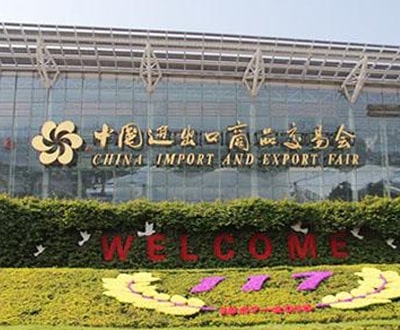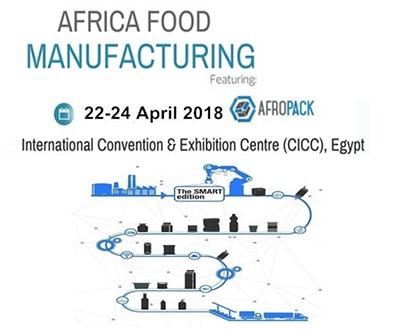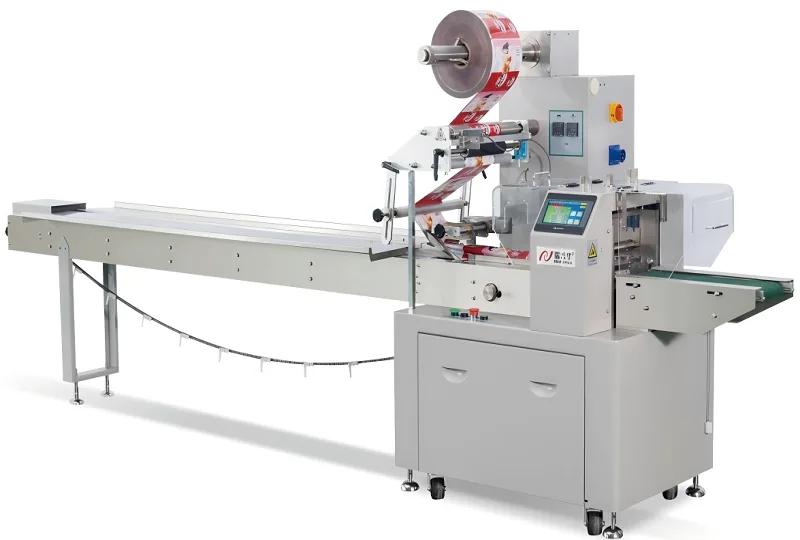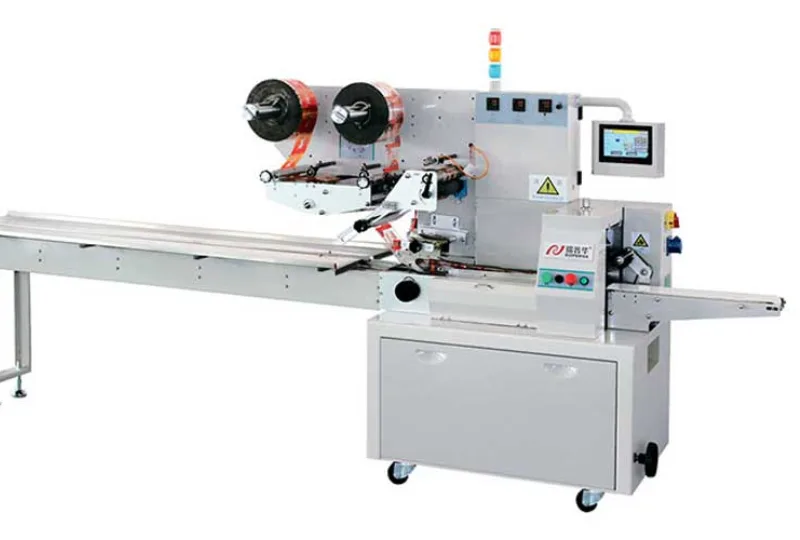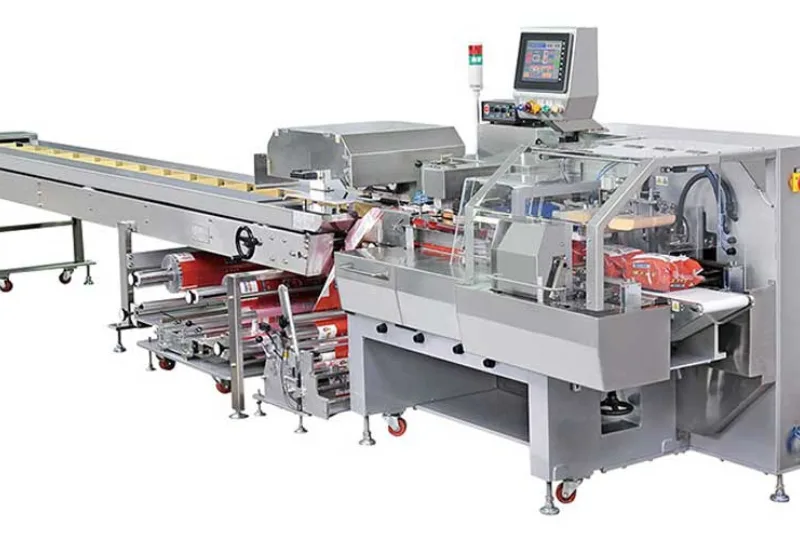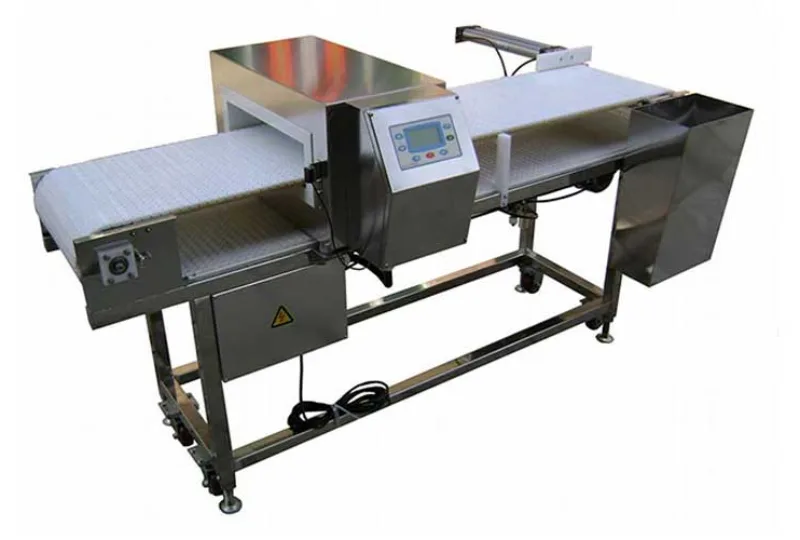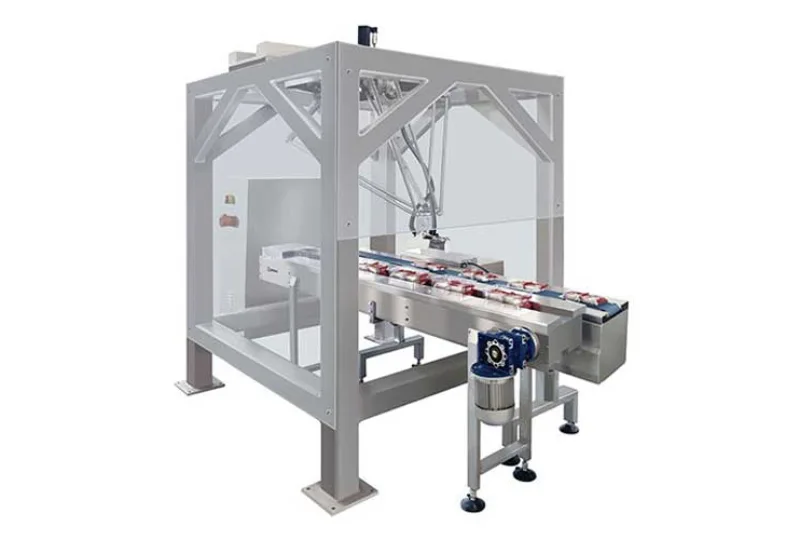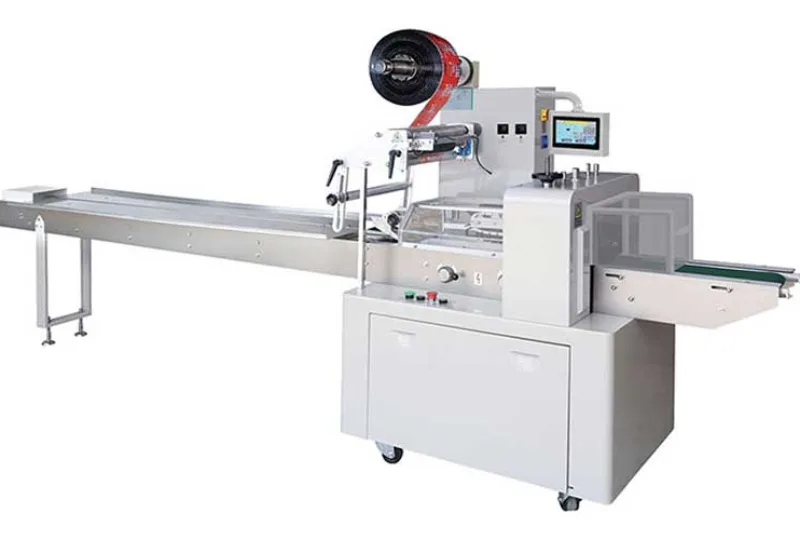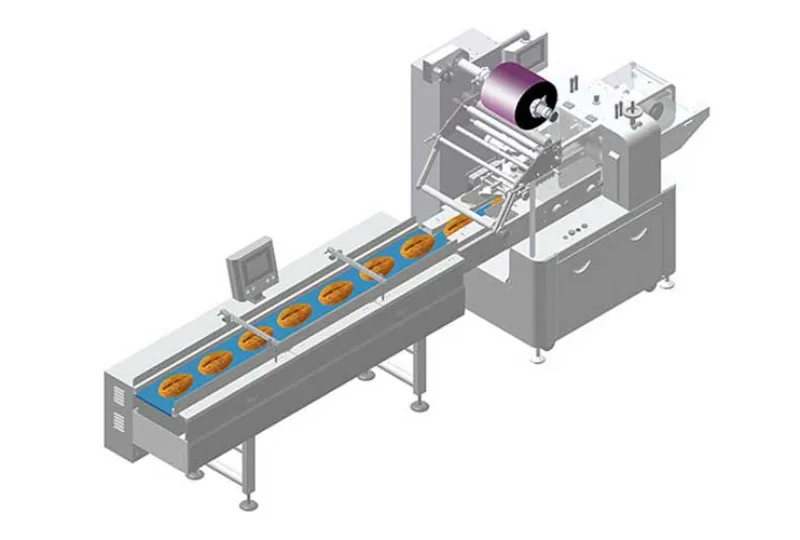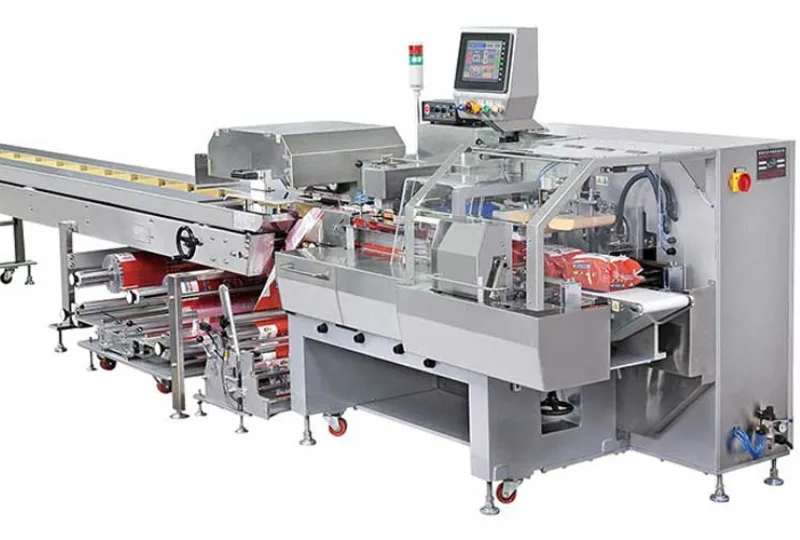Best Practices for Cleaning and Maintaining Cookie Packaging Machines
Cookie packaging machines are essential equipment in the food industry, responsible for ensuring the safety and quality of packaged products. Maintaining these machines in optimal condition is crucial to prevent downtime, reduce the risk of contamination, and extend their lifespan. This article outlines the best practices for cleaning and maintaining cookie packaging machines to achieve these goals.
Regular Cleaning and Inspection
Regular cleaning and inspection are fundamental to maintaining cookie packaging machines. Daily or weekly cleaning schedules should be established to remove any product residue, dust, or debris that may accumulate during operation. Thorough inspections should also be performed regularly to identify any potential issues or areas that require maintenance.
Cleaning Procedures
Cleaning procedures should be standardized and documented for consistency and effectiveness. The following steps are typically involved:
– Power Down and Lock Out: Turn off the machine and lock it out to prevent unintended startup during cleaning.
– Remove Food Residue: Use a brush or vacuum to remove loose food particles and debris.
– Disassemble Parts: Remove removable parts, such as sealing jaws, conveyors, and trays, for thorough cleaning.
– Use Approved Cleaning Agents: Use food-grade cleaning agents designed specifically for use on cookie packaging machines.
– Scrub and Rinse: Scrub all surfaces with a brush or sponge dipped in the cleaning solution. Rinse thoroughly with water to remove any cleaning residue.
– Sanitize: Optional but recommended, sanitize surfaces with an approved solution to eliminate any potential bacteria or contaminants.
– Dry and Reassemble: Dry all parts thoroughly before reassembling the machine. Lubricate moving parts as necessary.
Maintenance Schedules
Preventive maintenance is essential to ensure the long-term operation and reliability of cookie packaging machines. Maintenance schedules should be tailored to the specific equipment and usage patterns. Common maintenance tasks include:
– Lubrication: Regularly lubricate moving parts, such as bearings, gears, and chains, to reduce wear and tear.
– Adjustments: Perform adjustments to ensure optimal machine performance, such as sealing pressure, conveyor speed, and temperature settings.
– Replacements: Regularly replace worn or damaged parts, such as belts, filters, and seals, to maintain machine efficiency.
Employee Training and Compliance
Proper training of employees is essential for effective cleaning and maintenance practices. Employees should be trained on the cleaning procedures, maintenance schedules, and safety protocols. Regular audits or inspections should be conducted to ensure compliance with established guidelines.
Monitoring and Documentation
Monitoring and documenting cleaning and maintenance activities are important for quality control and accountability. Records should include the date, time, and tasks performed, as well as any observations or issues identified. This information can be used to track maintenance trends, identify areas for improvement, and demonstrate compliance with industry standards.
Conclusion
By following the best practices outlined in this article, food manufacturers can effectively clean and maintain cookie packaging machines, ensuring the safety and quality of packaged products. Regular cleaning, preventive maintenance, employee training, and proper documentation contribute to a well-maintained and reliable packaging operation, leading to increased productivity, reduced downtime, and extended machine lifespan.
-
01
Automatic Tray Loading and Packaging Equipment: Boost Efficiency to 160 Bags/Minute
21-11-2025 -
02
Automatic Soap Packaging Machine: Boost Productivity with 99% Qualification Rate
21-11-2025 -
03
A Deep Dive into Automatic Toast Processing and Packaging System
18-11-2025 -
04
The Future of Bakery Production: Automated Toast Processing and Packaging System
18-11-2025 -
05
Reliable Food Packaging Solutions with China Bread, Candy, and Biscuit Machines
11-10-2025 -
06
High-Performance Automated Food Packaging Equipment for Modern Production
11-10-2025 -
07
Reliable Pillow Packing Machines for Efficient Packaging Operations
11-10-2025 -
08
Advanced Fully Automatic Packaging Solutions for Efficient Production
11-10-2025 -
09
Efficient Automatic Food Packaging Solutions for Modern Production
11-10-2025 -
10
Advanced Automatic Packaging Equipment for Efficient Production
11-10-2025




